When planning to build your dream home as a teacher, understanding construction loan documentation is crucial for a successful application. Construction loans differ significantly from standard home loans, requiring specific documentation and following unique processes that align with building timelines and payment structures.
What Makes Construction Loans Different
Construction loans operate on a progressive drawdown system, where funds are released in instalments as your building project reaches various stages. Unlike traditional mortgages where you receive the full loan amount upfront, construction loans only charge interest on the amount drawn down at each stage. This approach helps manage cash flow during the building process.
As a Finance & Mortgage Broker, Teacher Loans can access Construction Loan options from banks and lenders across Australia, ensuring you have multiple choices for your interest rate and loan amount requirements.
Essential Documentation Requirements
When applying for a loan, construction projects require comprehensive documentation beyond standard home loan paperwork. The following documents form the foundation of your construction loan application:
Building and Planning Documents:
• Council plans and permits
• Development application approvals
• Fixed price contracts with your registered builder
• Progressive Payment Schedule outlining construction milestones
• Detailed specifications and finishes schedule
Financial Documentation:
• Income verification specific to teaching positions
• Employment contracts showing tenure and salary progression
• Bank statements demonstrating savings capacity
• Existing debt obligations and commitments
• Deposit confirmation and source of funds
Property and Valuation Requirements:
• 'As if complete' valuation of the finished property
• Land ownership documents or purchase contracts
• Soil tests and engineering reports if required
• Survey reports confirming suitable land for construction
Understanding the Progressive Drawdown Process
The streamlined application process for construction loans involves establishing predetermined stages where funds will be released. Lenders typically structure payments around major construction milestones:
- Deposit and commencement - Initial funds for site preparation
- Foundation stage - After concrete slab completion
- Frame stage - Upon completion of structural framework
- Lock-up stage - When roof and external walls are complete
- Fixing stage - Internal fit-out including plumbers and electricians work
- Final stage - Upon practical completion and final inspection
Each drawdown requires inspection and approval, with progress payments released to pay sub-contractors and suppliers according to your Progressive Payment Schedule.
Interest-Only Repayment Options During Construction
Construction loans typically offer interest-only repayment options during the building phase, which can span 6-12 months depending on project complexity. This arrangement recognises that you may be paying rent or existing mortgage commitments while your new home is under construction.
The interest rate during construction may differ from the ongoing rate once building is complete and the loan converts to a standard principal and interest home loan.
Special Considerations for Teachers
Teachers often have unique circumstances that can impact construction loan applications:
Location Factors:
• Teaching in rural or regional areas may affect lender appetite
• Some areas have specific council restrictions or building regulations
• Access to qualified tradespeople and registered builders may vary
Timing Considerations:
• School holiday periods may align well with construction commencement
• You must commence building within a set period from the Disclosure Date
• Planning around school terms can help with progress inspections
Planning Your Construction Project
Before approaching lenders, make a plan covering these key areas:
Property Strategy:
• Identify your ideal location considering work proximity and lifestyle
• Establish a realistic price range including construction costs
• Decide whether to demolish existing property or build on vacant land
• Consider house & land packages versus custom builds
Budget Planning:
• Allow for Progressive Drawing Fees charged by lenders
• Include contingency funds for additional payments if required
• Account for Out of Contract Items not included in builder pricing
• Consider major home renovations versus new build costs
Alternative Construction Scenarios
Construction loans aren't limited to traditional builds. They also accommodate:
• Buying off the plan developments
• Major home renovations requiring staged payments
• Home improvement loan needs for substantial additions
• Knock-down rebuild projects requiring demolition coordination
Working with Experienced Brokers
Construction loans involve complex documentation and timing requirements that benefit from professional guidance. Experienced brokers understand lender policies, can identify suitable loan products, and help coordinate the various stages of your construction loan application.
They can also assist with comparing different lenders' approaches to construction lending, including their Progressive Payment Schedules, inspection requirements, and conversion processes once building is complete.
Teachers planning construction projects should engage early with mortgage professionals to ensure all documentation requirements are understood and met before submitting applications.
Call one of our team or book an appointment at a time that works for you to discuss your construction loan documentation requirements and explore the lending options available across Australia.



